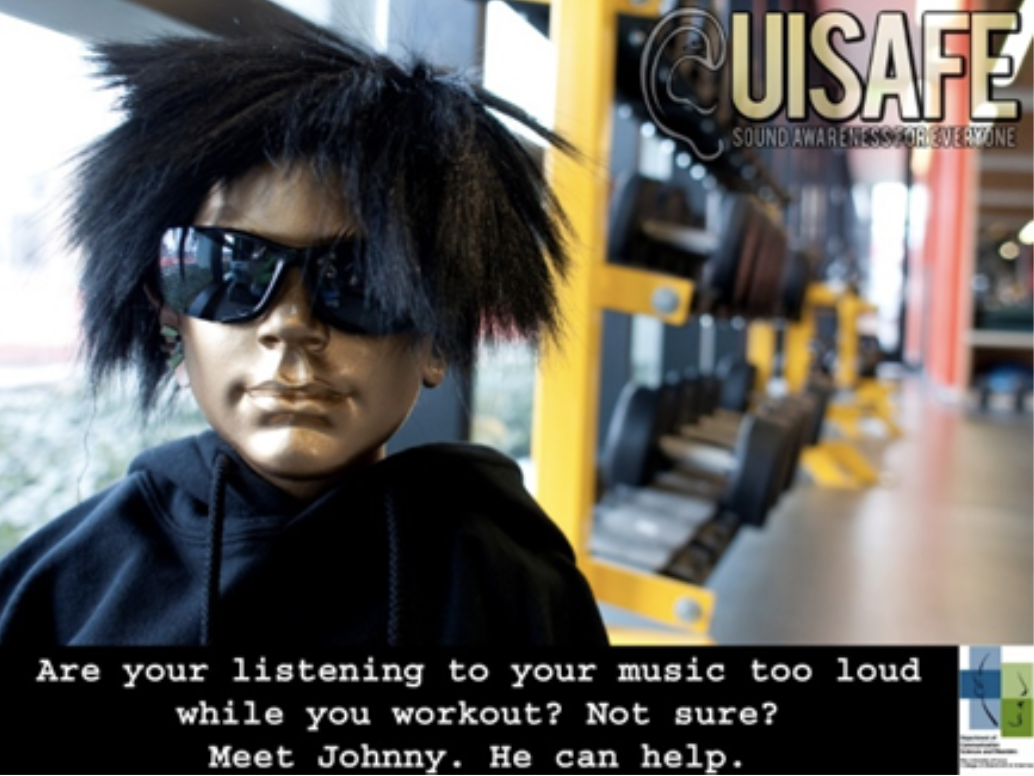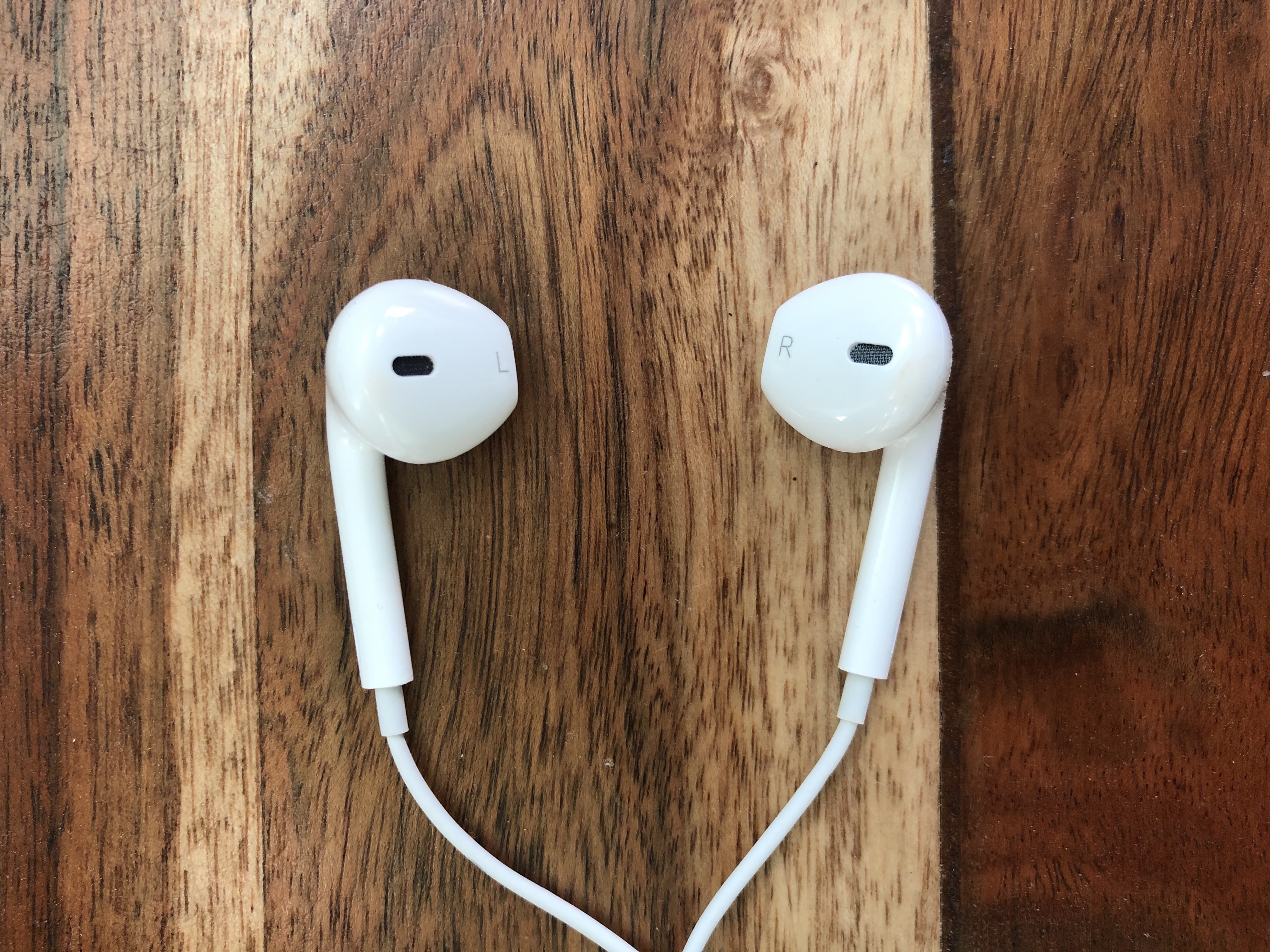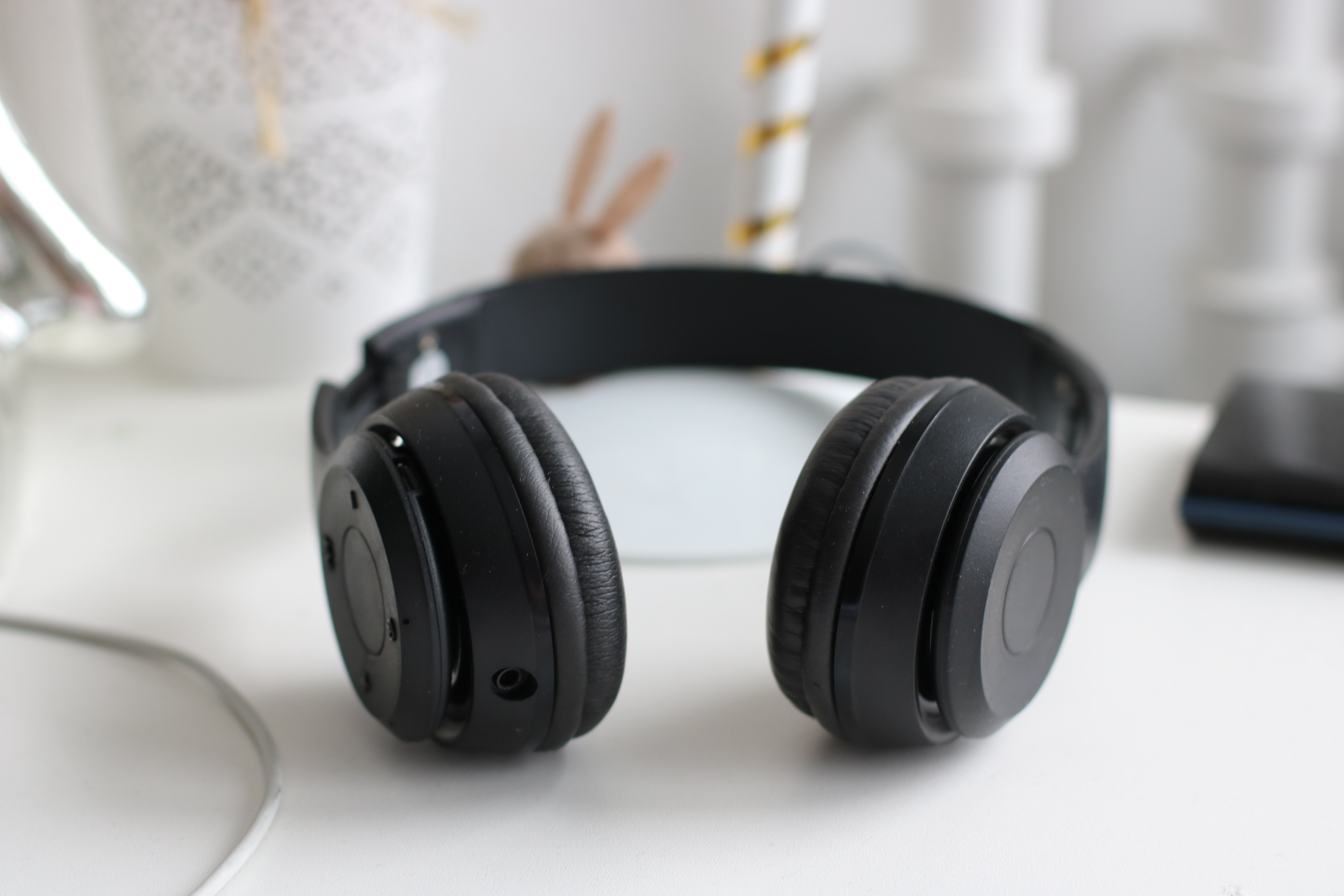See also: Articles on Music, Hearing Loss, and Hearing Devices 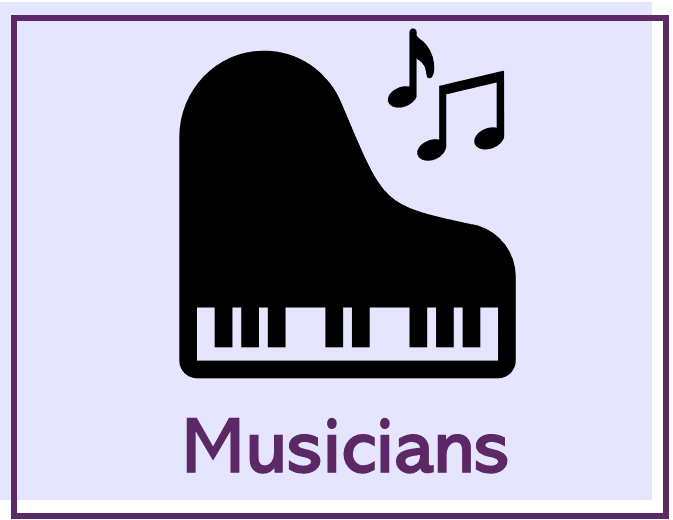
As you read this website, keep in mind the following:
-
People with hearing loss can differ in many ways.
-
Some information may be more applicable.
-
Pick and choose the information most useful for you.
Considerations and Tips for Hearing Conservation:
Information for Musicians
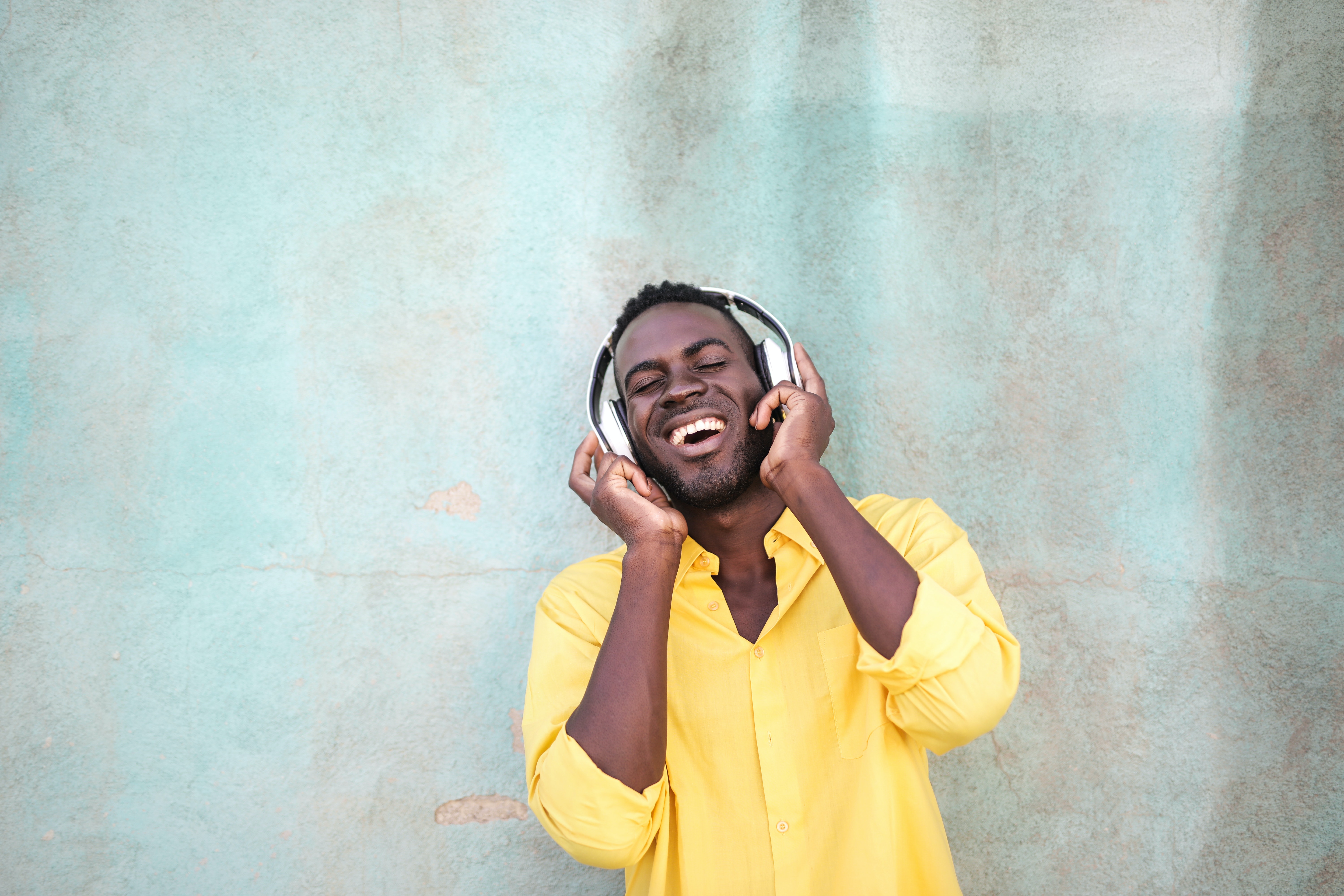
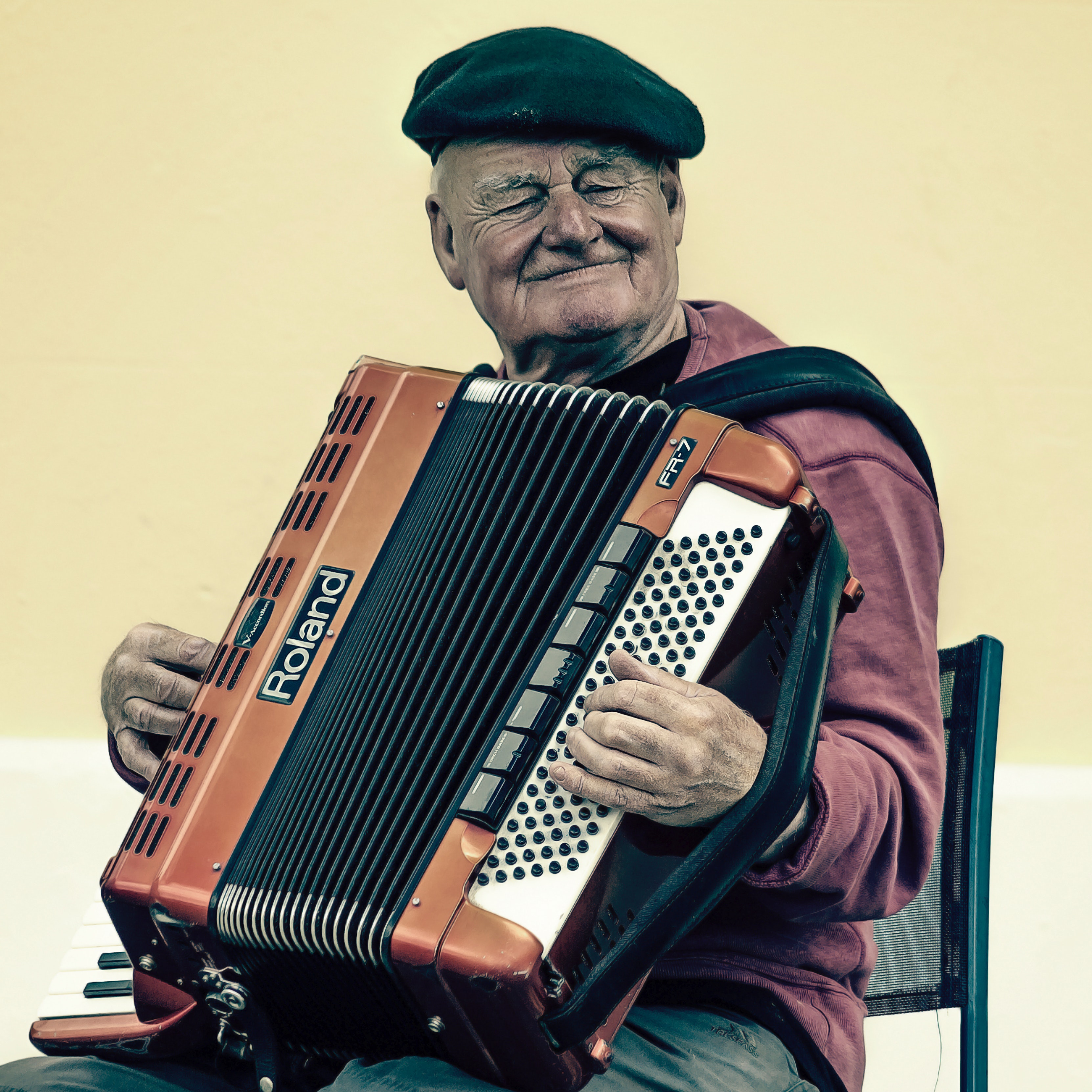
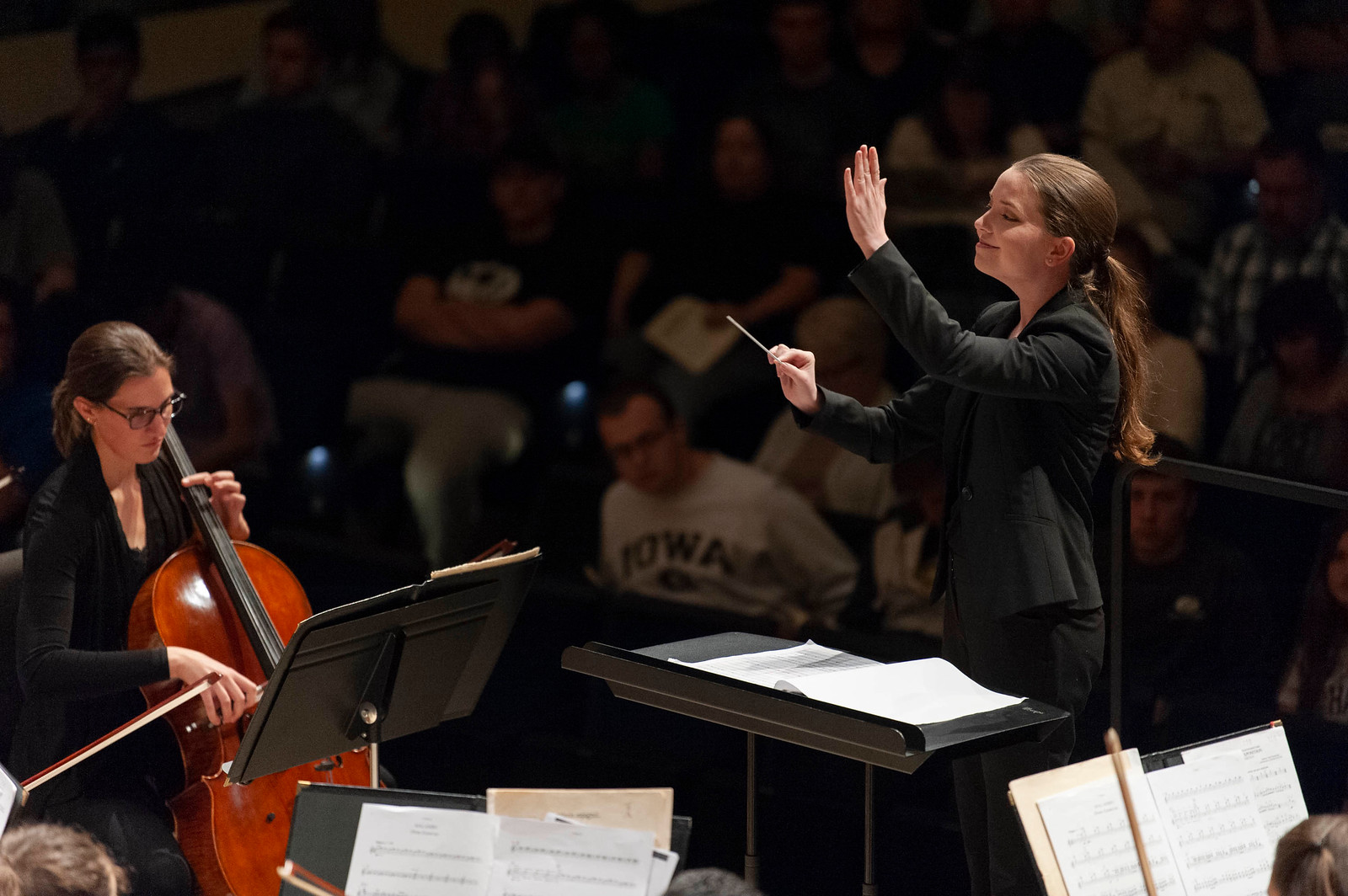
1, 2
[Note: For basic information about hearing loss, click here. For information about the UIHC hearing clinic, click here. For information on hearing aids, click here. For information on hearing loss prevention, click here. For more information on MIHL risk factors and symptoms, click here.]
This page will explore general information and considerations related to hearing preservation as well as tips on preventing music-induced hearing loss. These topics include:
Personal Listening Devices
-
Personal listening devices can lead to overexposure: Devices such as smartphones or iPods can cause hearing loss when played loudly for long periods of time.
-
Overexposure: 82% of teenagers say they listen to music every day for approximately 2.5 hours (Rideout & Robb, 2019).
-
High volume + long duration = damage
-
The extent of damage is predicted by how LOUD and how LONG you are listening, not what device you're listening through.
-
-
-

Personal Listening Device Tips
-
There's an app for that! There are many phone apps that can measure dB levels and warn you if the environment or music in the environment is too loud.

-
There are warnings and limits on smartphones that can be used to monitor output levels.
-
iPhone users:
-
In the "Health" app listeners can activate the "Headphone Audio Levels" data tracker to monitor their headphone volume level and duration. This information can be used to create safer listening experiences.
-
In the Settings app, "Sounds & Haptics" section, listeners can click on "Headphone Safety" to enable "Reduce Loud Sounds." Your iPhone will analyze the output level of your headphones and reduce levels above your set limit (85 dB is standard).
-
-
Preferred Volume
-
Preferred volume is subjective and personal. One person's "too loud" is a safe listening level, while another person's "quiet" is not.
Preferred Volume Tips
-
Audiologists can measure your preferred volume: Here's Johnny! Johnny is a manikin with a microphone in his ears attached to sound level meters outside his "body." Your headphone or earbud can be placed on/in his ear with music playing at your preferred level. The dB level of the sound in Johnny's ear is then measured by the sound level meter to determine whether your listening level is safe.
Headphones, Earbuds, and Background Noise
-
The type of headphone/earbud you use doesn't matter - it's the volume that does!
-
Noisy environments: Be aware of listening in loud background noise.
-
Even if your preferred listening levels in a quiet background are safe, research has shown listeners prefer to listen to music at a higher volume in environments with a lot of background noise (riding on a bus, walking in traffic, on a plane, in a crowded room, etc.). People may increase the loudness on their personal listening devices or radio in order to cover that loud background noise (e.g., on the subway, on a treadmill, etc.). Most importantly, when listening to music in noisy environments, be mindful of your listening habits and preferred volume level. If you find you are cranking up the volume very high every time you enter a noisy area, you may be exposing yourself to damaging levels of sound without realizing it.
-
-

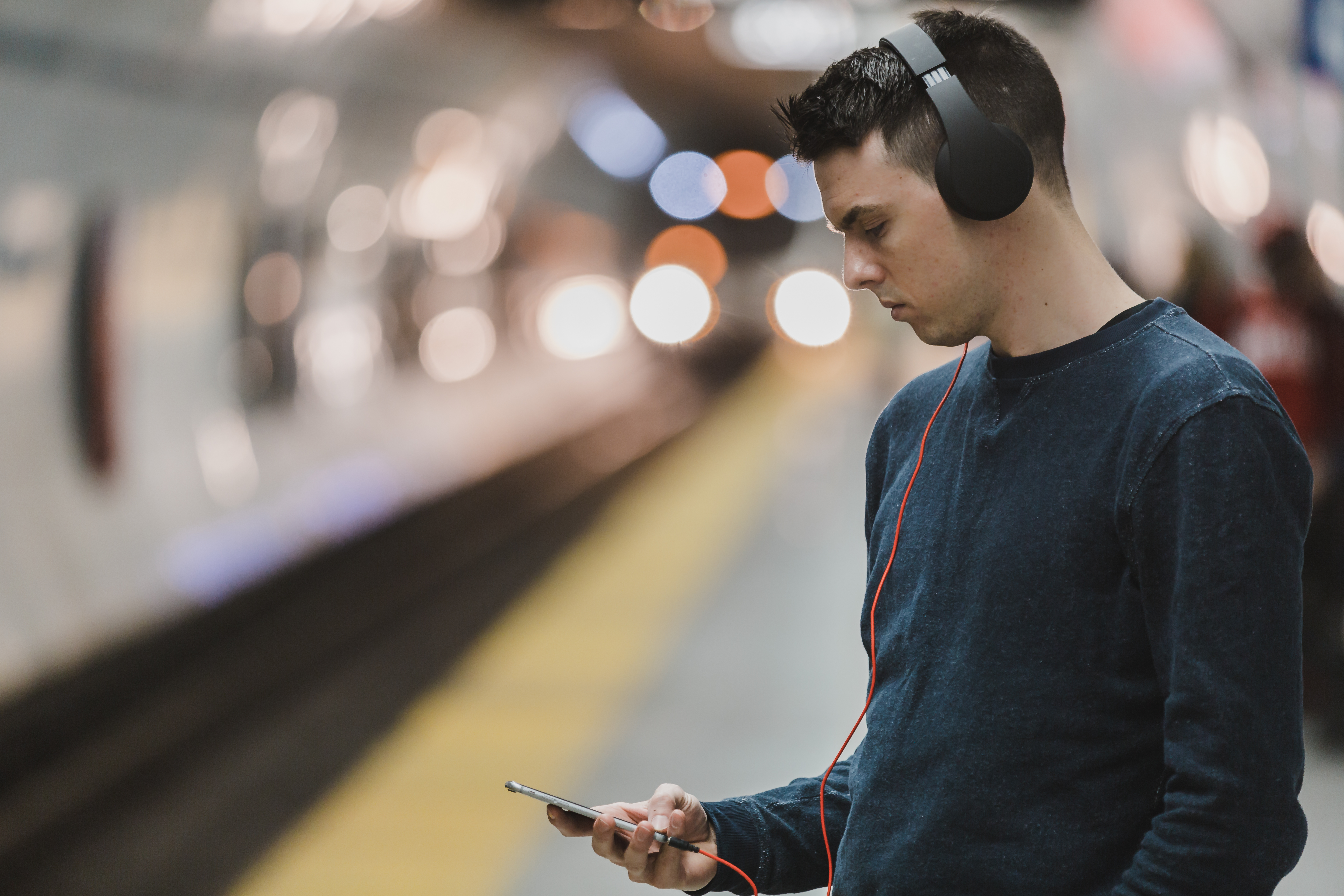
Headphones, Earbuds, and Background Noise Tips
-
Watch your volume adjusting! Over-the-ear and in-ear headphones can block out background noise. Noise-canceling earbuds can also block out background noise. Using these can prevent you from increasing the volume level of your music when background noise is present and keep you listening at a healthy volume level. They can still damage your hearing if you listen to them at high volumes for extended periods of time (Hoover & Krishnamurti, 2010; Fligor & Cox, 2004; Hussain et al., 2018; Fligor & Meinke, 2009; Breinbauer et al., 2012).
-
Choose good quality headphones/earbuds. Some types include:
-
Active noise canceling: Headphones and earbuds that are advertised as active noise canceling (ANC) use a technique called phase cancellation to reduce noise and are good for canceling out regular droning noise like in an airplane cabin.
-
Noise isolating: Headphones and earbuds that are advertised as noise isolating simply block the noise as earmuffs would, and are better for abrupt, irregular sounds that you may encounter in a busy or crowded area as well as for constant noise.
-
Bone conduction: Headphones that conduct soundwaves through the bone of the skull rather than through the air of the ear canal. This allows listeners more situational awareness because these headphones do not cover the ears and therefore do not block out surrounding noise. They can also be useful for listening to music when the ear canal is obstructed, such as when swimming. They can still cause hearing damage if played too loud, and preferred listening levels may be higher due to having to compete with louder background noise.
-
Output limiting headphones or earbuds: Output limiting transducers limit the volume to a specified level, typically 85 dB, which is safe when listening for extended periods of time. The earphones or buds limit the volume level, not the device that is playing the music. They are the best option for safe listening. Regardless of how high you set the volume, the output of the earphones/buds to your ears is limited.
-
-
Loud Environments
-
The environment is too loud if:
-
You have to raise your voice to be heard
-
You can't hear someone who's 3 feet away from you and speaking at a typical conversational level
-
Speech sounds muffled and dull after you leave the loud environment
-
You experience ringing in the ears (tinnitus) after leaving the noisy environment
-
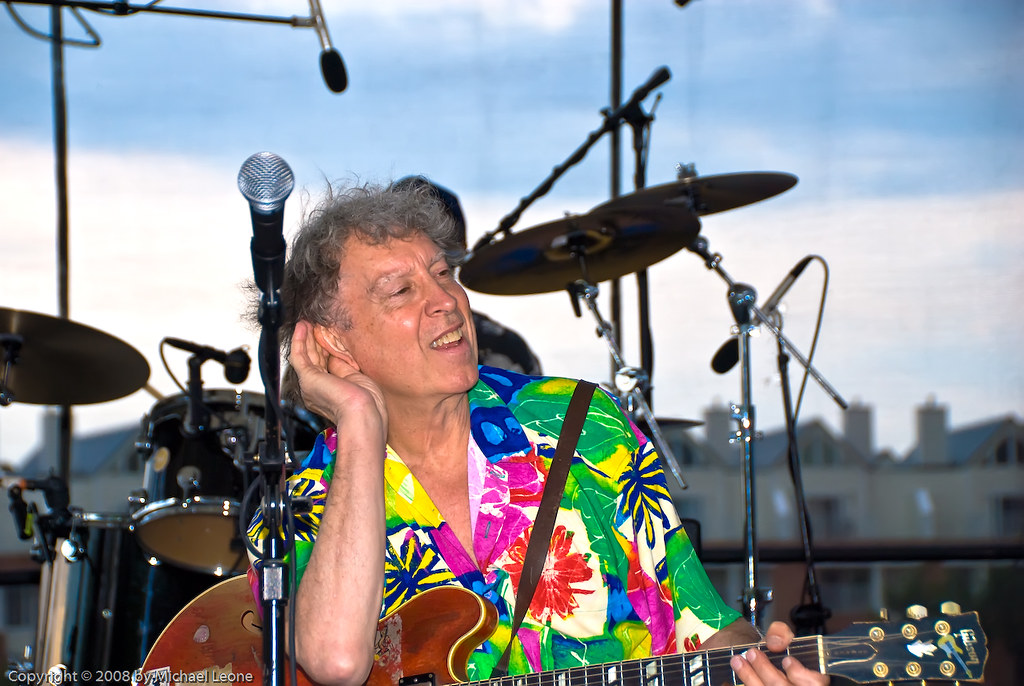
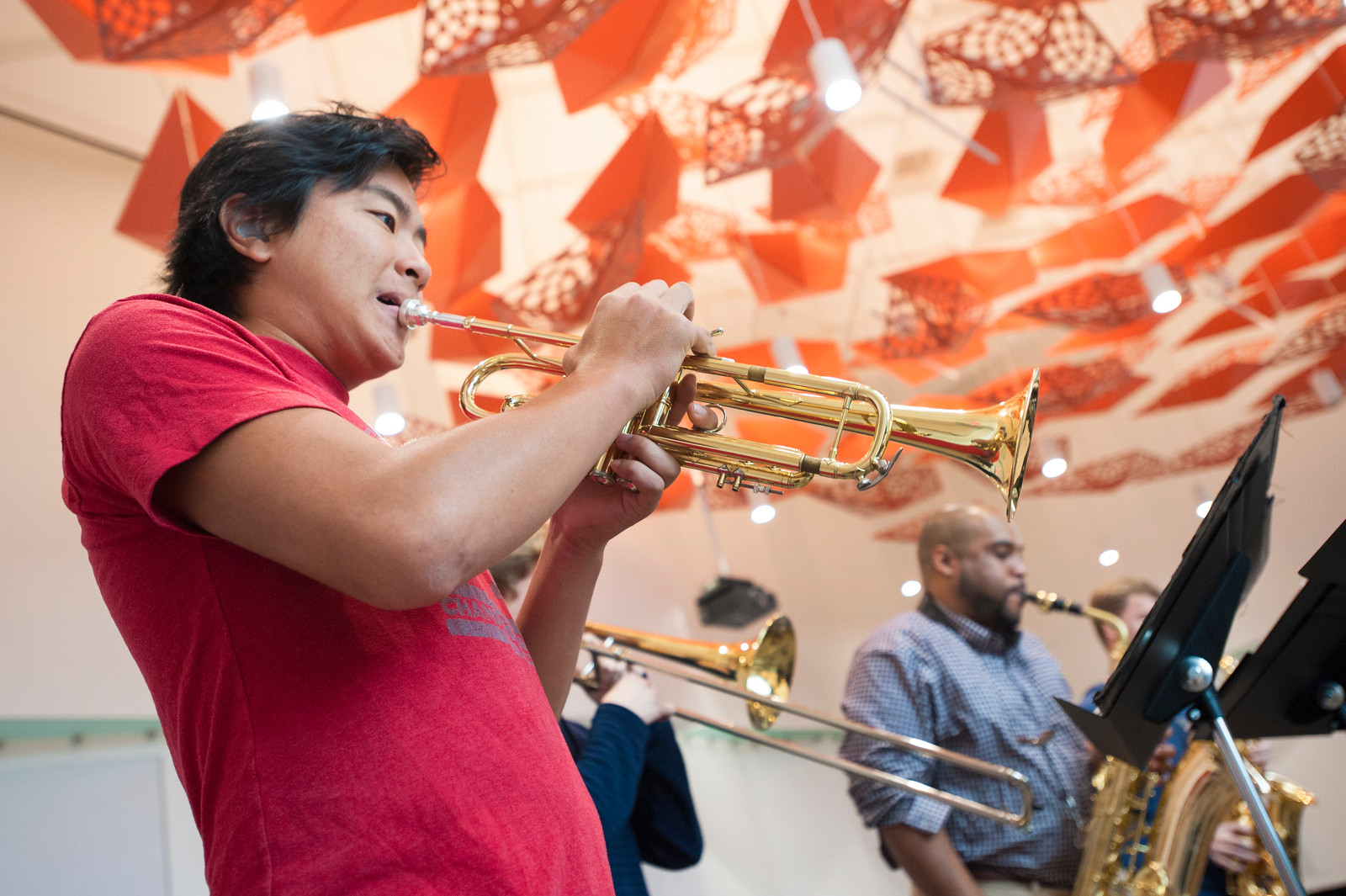
Loud Environment Tips
-
Set up a listening environment with hearing protection in mind.
-
Equipment: Use noise-canceling and/or output limiting headphones or earbuds.
-
Environment: Set up the listening environment for success. This may include using heavy curtains and carpet to help dampen extraneous sounds or unhealthy noise levels.
-
Duration: Noise exposure can add up over many hours and years before becoming noticeable as hearing loss. Take precautions before irreversible damage is done. Build in quiet times during each day.
-
Volume: When making music (alone or in an ensemble), be mindful of the sound level of your instrument, surrounding instruments, and the environment.

-
-
Use earplugs at live concerts or in other loud environments.
-
There are many different types of earplugs, each designed for different listening needs and physical fit. Make an appointment with an audiologist to discuss hearing protection that is right for you. Three common kinds of earplugs for musicians include:
-
Universal fit musicians' earplugs: Universal fit musicians' earplugs cost between $15 - $50, more than standard plugs from the drug store, but music sounds much better. The quality of the sound filter affects the price. These are sometimes called musicians' earplugs, filtered earplugs, ER-20 high-fidelity, or musicians' hearing protection.
- Musicians’ earplugs lower all frequencies a small amount and equally. Thus, speech and music are clear, but the loud sounds are less likely to cause damage.
-
Custom fit musicians' earplugs: These protective devices cost more ($100 - $200) but are custom fit for your ears. These are generally regarded as the most comfortable and best listening experience for musicians. They are also very durable. One pair can save your hearing for a lifetime!
-
Foam earplugs: These can protect your ears as well and are very cost effective. However, they will negatively impact the sound quality of music. These are best used when you want to cut out as much sound as possible, for example when you are mowing the lawn, or using power tools or heavy equipment.
-
To see how to correctly insert foam earplugs click on this link.
-
-
-
-
Have the hearing protection checked by an audiologist: Audiologists can check the attenuation and fit of the earplugs, as well as test them at the volume level you usually listen to your music. This can help determine if your earplugs are truly protecting your hearing.
-
Have quiet time: Moderation is key. After being exposed to a loud sound such as mowing the lawn or a concert, allow the ear to heal and “reset” by providing 16-18 hours of quiet and low levels of sound. Don’t go to two loud concerts in a row!
Click here for more information on music-induced hearing loss. Click here for more information on music making and hearing loss. Click here for information on musician health and safety. There is additional information on sound awareness and safety at the UI-SAFE Facebook page here.
References
1.1 billion people at risk of hearing loss. (2015, August 12). Retrieved July 31, 2020, from https://www.who.int/mediacentre/news/releases/2015/ear-care/en/
Breinbauer, H. A., Anabalón, J. L., Gutierrez, D., Cárcamo, R., Olivares, C., & Caro, J. (2012). Output capabilities of personal music players and assessment of preferred listening levels of test subjects: outlining recommendations for preventing music-induced hearing loss. The Laryngoscope, 122(11), 2549-2556.
Chasin, M. (2014). Hear the Music: hearing loss prevention for musicians. Toronto, Ontario: Musicians Clinics of Canada.
Fligor, B. J., & Cox, C. L. (2004). Output level of commercially available portable compact disc players and the potential risk to hearing. Ear and Hearing, 25, 513–527. doi:10.1097/00003446-200412000-00001
Fligor, B. J., & Meinke, D. (2009). Safe-listening myths for personal music players. The ASHA Leader, 14(7), 5-6.
Greasley, A.E., Fulford, R.J., Pickard, M., & Hamilton, N. (2020). Help Musicians UK hearing survey: Musicians’ hearing and hearing protection. Psychology of Music, 48(4), 529-546.
Hodges, D. (2009). Brains and Music, Whales and Apes, Hearing and Learning . . . and More. Update: Applications of Research in Music Education, 27(2), 62-75.
Hoover, A., & Krishnamurti, S. (2010). Survey of college students’ MP3 listening: Habits, safety issues, attitudes, and education. American Journal of Audiology, 19(1), 73–83. doi:10.1044/1059-0889(2010/08-0036)
Hussain, T., Chou, C., Zettner, E., Torre, P., Hans, S., Gauer, J., . . . Nguyen, Q. (2018). Early Indication of Noise-Induced Hearing Loss in Young Adult Users of Personal Listening Devices. Annals of Otology, Rhinology & Laryngology, 127(10), 703-709.
Kahari, K.R., Zachau, G., Eklof, M., et al. (2003). Assessment of hearing and hearing disorders in rock/jazz musicians. International Journal of Audiology, 42, 279-288.
Kujawa, S. G., & Liberman, M. C. (2009). Adding insult to injury: Cochlear nerve degeneration after "temporary" noise-induced hearing loss. The Journal of Neuroscience, 29(45), 14077–14085. https://doi.org/10.1523/JNEUROSCI.2845-09.2009
Levey, S., Levey, T., & Fligor, B. J. (2011). Noise exposure estimates of urban MP3 player users. Journal of Speech, Language, and Hearing Research, 54(1), 263–277. doi:10.1044/1092-4388(2010/09-0283)
Li, X., Rong, X., Wang, Z., & Lin, A. (2020). Association between smoking and noise-induced hearing loss: A meta-analysis of observational studies. International Journal of Environmental Research and Public Health, 17(4), 1201. https://doi.org/10.3390/ijerph17041201
Liberman, M.C., & Kujawa, S.G. (2017). Cochlear synaptopathy in acquired sensorineural hearing loss: Manifestations and mechanisms. Hearing Research, 349, 138-147.
Miao, L., Ji, J., Wan, L. et al. (2019). An overview of research trends and genetic polymorphisms for noise-induced hearing loss from 2009 to 2018. Environ Sci Pollut Res, 26, 34754–34774. https://doi.org/10.1007/s11356-019-06470-7
"Noise-Induced Hearing Loss." National Institute of Deafness and Other Communication Disorders, U.S. Department of Health and Human Services, 14 June 2019, https://www.nidcd.nih.gov/health/noise-induced-hearing-loss.
Olson, A. D., Gooding, L. F., Shikoh, F., & Graf, J. (2016). Hearing health in college instrumental musicians and prevention of hearing loss. Med Probl Perform Art, 31(1), 29-36.
Phillips, S. L., Shoemaker, J., Mace, S. T., & Hodges, D. A. (2008). Environmental factors in susceptibility to noise-induced hearing loss in student musicians. (Report). Medical Problems of Performing Artists, 23(1), 20-28.
Rideout, V., and Robb, M. B. (2019). The Common Sense census: Media use by tweens and teens, 2019. San Francisco, CA: Common Sense Media.
Schaette, R., & McAlpine, D. (2011). Tinnitus with a normal audiogram: Physiological evidence for hidden hearing loss and computational model. Journal of Neuroscience, 31(38), 13452-13457.
Smith, K., Neilsen, T., & Grimshaw, J. (2019). University student musician noise-dosage study measuring both ensemble and full-day noise exposure. The Journal of the Acoustical Society of America, 145(6), EL494.
Verbeek, J. H., Kateman, E., Morata, T. C., Dreschler, W. A., & Mischke, C. (2014). Interventions to prevent occupational noise-induced hearing loss: A Cochrane systematic review. International Journal of Audiology, 53(0 2), S84–S96. http://doi.org/10.3109/14992027.2013.857436
Click here to review references used in preparation of this website.
1. All images on this website are used under Creative Commons or other licenses or have been created by the website developers.
2. Click here to access the sources of images on this page.

